Here’s How to Plan for Your Outdoor Projects

Whether you’re putting in a pool or building a backyard deck, any successful outdoor project starts with a plan. First, you need to consider space. For example, a pool requires fencing, and a shed needs clearance around the door for moving things in and out. Permits and municipal bylaws also need to be factored in. Anticipating these variables will help keep your project on track and within budget. If you need extra help, our Home Installs team can work with you to complete everything from planning and design through to construction and cleanup.
Installing a Backyard Deck
Before jumping ahead to choosing your deck furniture, you’ll need to create a budget and timeline. Be sure to check out Home Hardware’s Backyard Deck Projects for some great custom but cost-effective deck options. Here’s some key considerations for planning your deck:
Should You Hire a Contractor or go DIY?
Contractor: A skilled professional comes with a price tag, but a good contractor guarantees their work will be done properly and to code. They can also take care of permits and help with design.
DIY: Building a deck is a big job but if you have DIY experience with carpentry and concrete footings you can tackle it yourself. You’ll also need tools and plenty of time to get the job done right. Familiarize yourself with installation best practices and apply for the proper permits well in advance.
Budget: For a DIY project, you’ll need to figure out the cost of materials and any landscaping or prep work required before you start. There may be a bit of guesswork but having a number in your head will help keep you from overspending. A contractor will provide these estimates for you, along with their labour costs.
Deck Design & Materials: Whether DIY or hired out, you’ll need to choose the size, shape, style and materials for your deck. Consider durability, workability, and what type of material will best complement your yard. Cedar decking can create a great rustic look, while pressure-treated wood and composite decking offer low-maintenance durability. A raised deck has different considerations than ground level as you’ll need to think about railings and safety regulations.
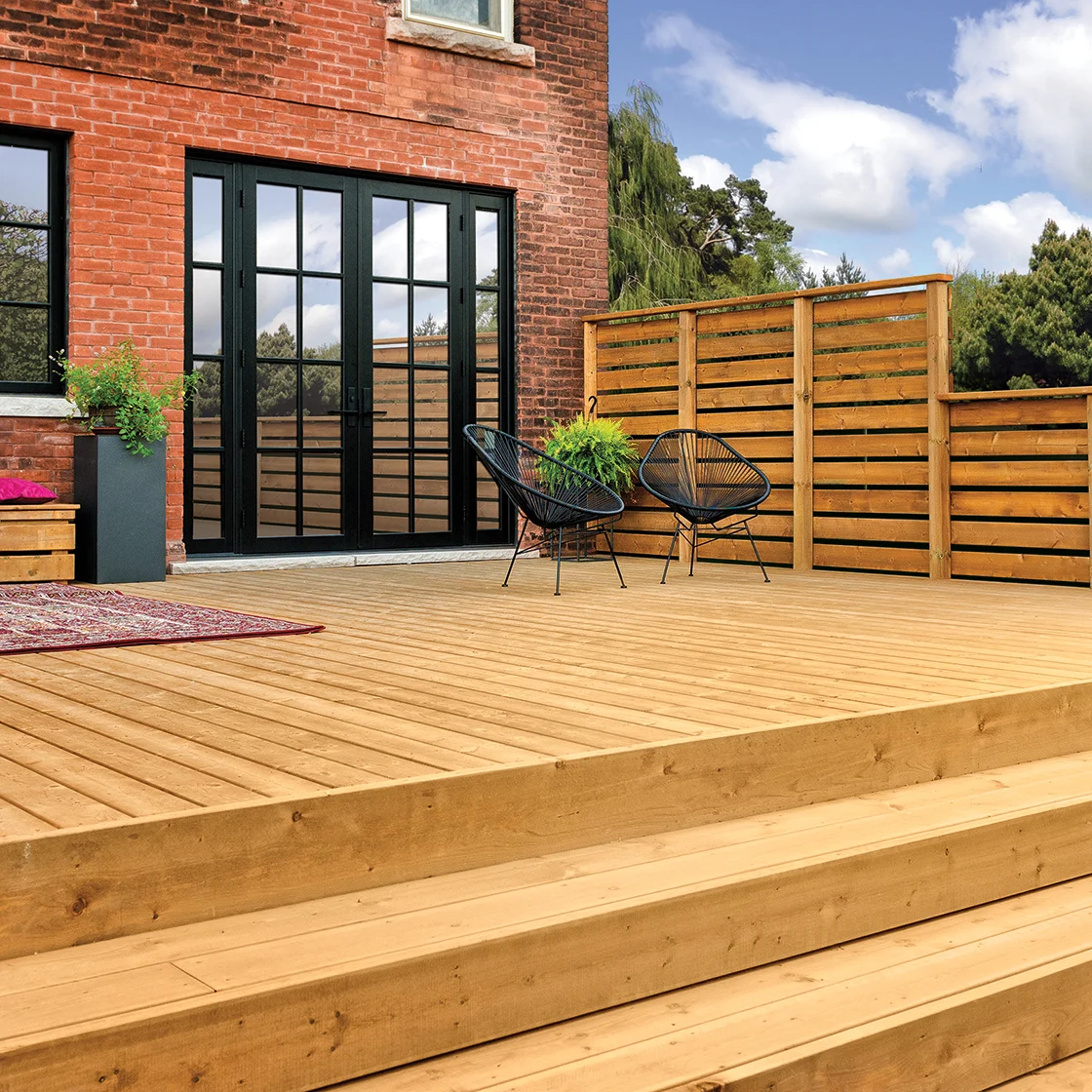
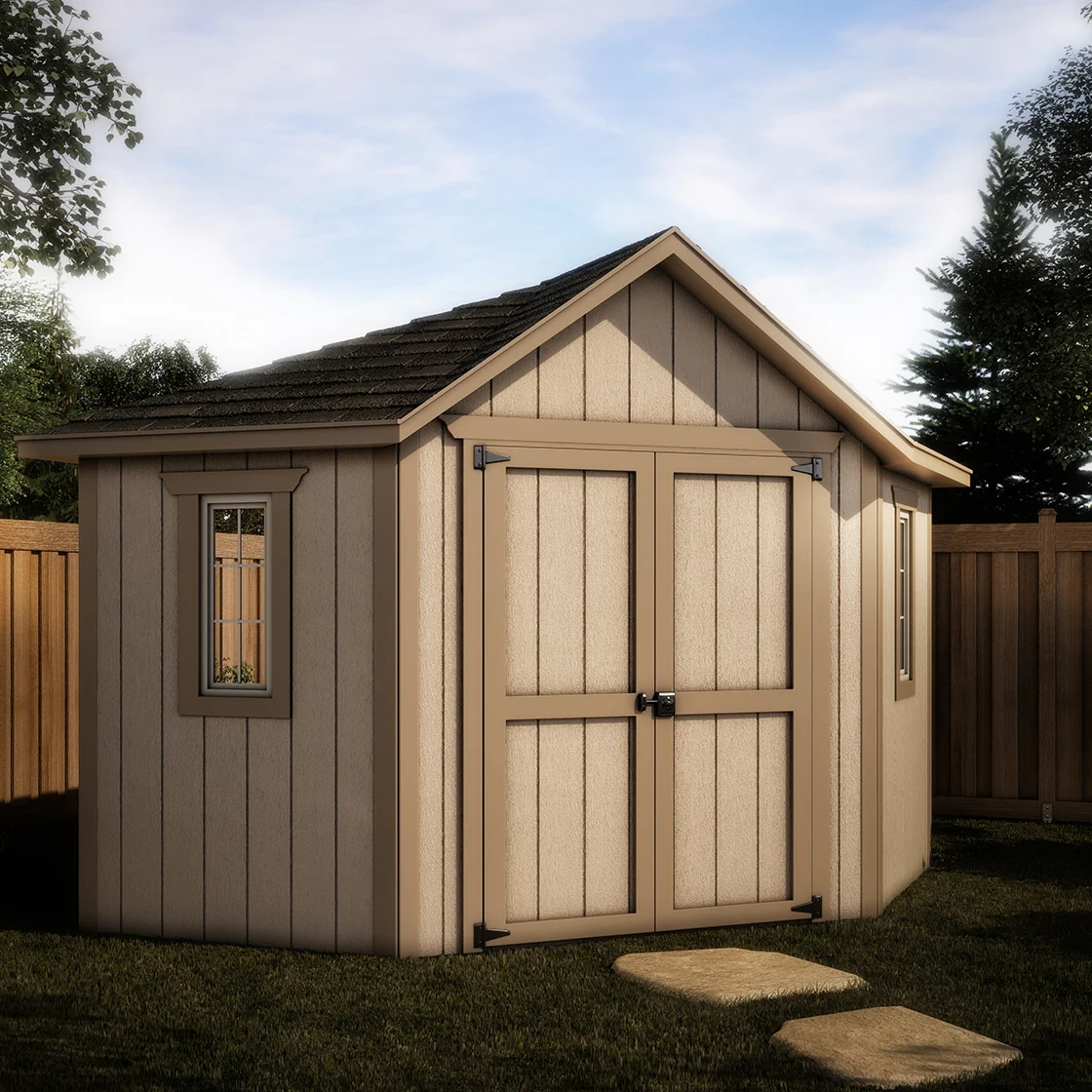
Building a Storage Shed
Building an outdoor shed is a great way create more storage for your lawn and garden gear. A customized Backyard Shed Package is a great option as it comes complete with detailed plans and step-by-step instructions. Here’s some essential to-dos before you get started:
Purpose: A basic storage shed may be no more than four walls, a roof and shelving. If you want it to function as a workshop too you may want to consider adding windows or having it wired for heat and lighting.
Size & Location: The size of your structure will dictate where you can build. Consider your property lines, landscaping, access to utilities and sight lines. Determine what your yard can accommodate and whether soil and drainage might be an issue.
Permits & Permissions: Visit your local municipal office to find out if you need a permit. If you belong to a homeowner's association, you may need to consult with your neighbours too.
Choose Your Foundation: Whether you’re building from scratch or going with a prefabricated storage shed, you’ll need a foundation. Depending on your structure, you could choose anything from bare ground to patio stones to a poured concrete permanent foundation.
Shed Design & Materials: A small front-door shed is ideal for storing garden tools and supplies, while a large dual-entry shed can house your riding mower, lawn furniture and other outdoor gear. You can choose from a wide variety of designs including barn style sheds, gable sheds, salt box sheds and corner sheds. Consider your material too. Metal and vinyl offer good durability, while decorative plywood can be painted or stained to complement your backyard décor.
Erecting a Backyard Fence
A fence can add a stylish accent to your yard and increase your property value. A wide variety of customized Backyard Fence Packages are available to suit your needs and budget. Make sure to include the following items in your plan:
Purpose: Have a clear idea about your fencing needs. If you’re building a backyard fence simply to contain kids and pets, a basic chain-link fence should do the job. If you’re looking to add a finishing touch to your front yard, consider a classic picket fence.
Size & Location: Be sure to locate and measure your property lines. Mark off where you want your fencing, taking into account slope, drainage, and obstacles like trees and rocks. Figure out your ideal fence height, and plan for any gates and openings.
Permits & Permissions: If the fence is going between you and a neighbour, consider asking if they’d like it built on the property line, and if they’d be willing to split the cost. Research municipal regulations and permits well in advance.
Design & Materials: Vertical board fencing offers privacy while still allowing some airflow to pass through. The linear lines of a horizontal fence will make your yard appear more spacious. Lumber, iron, PVC and composite materials all have unique benefits that may or may not work in your yard.
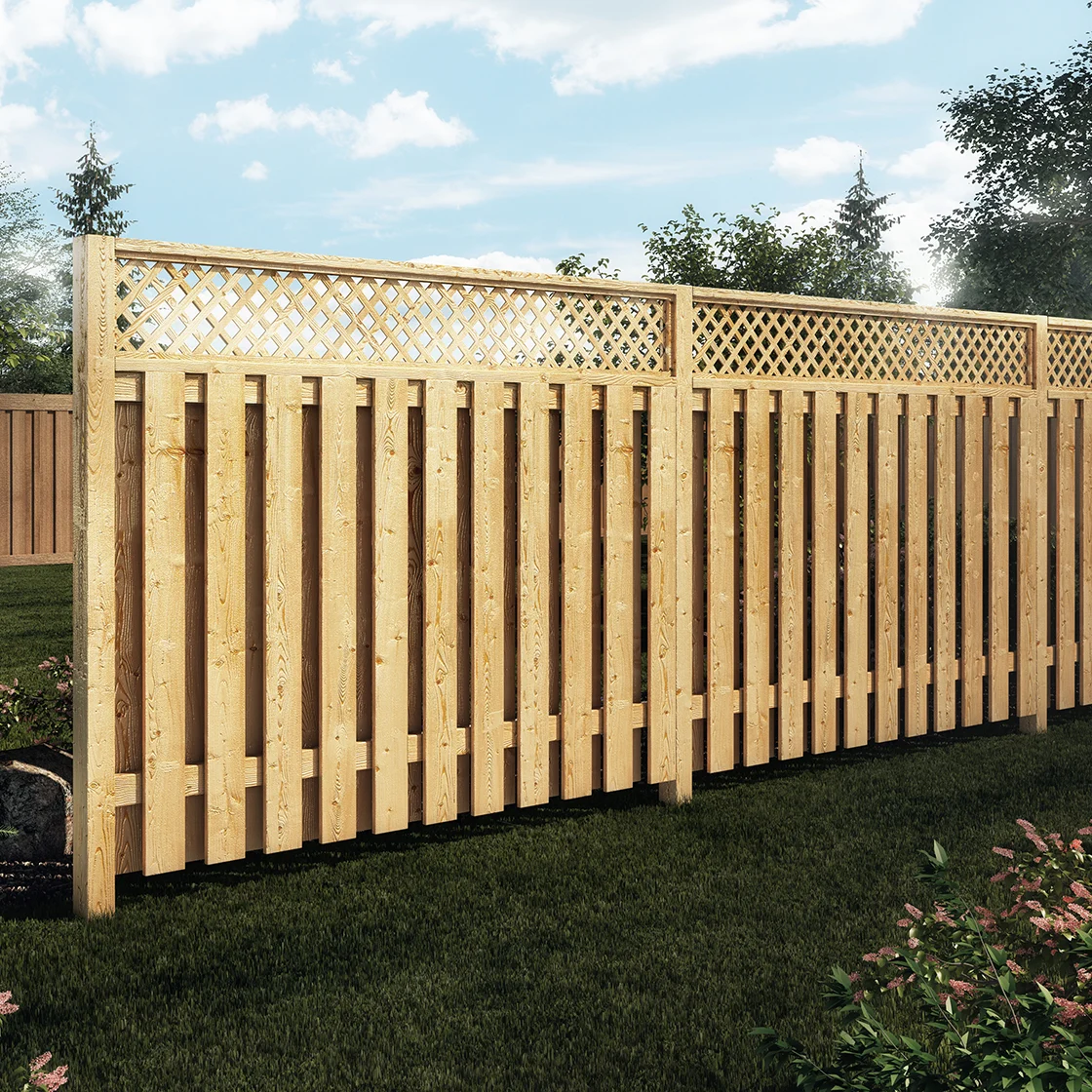
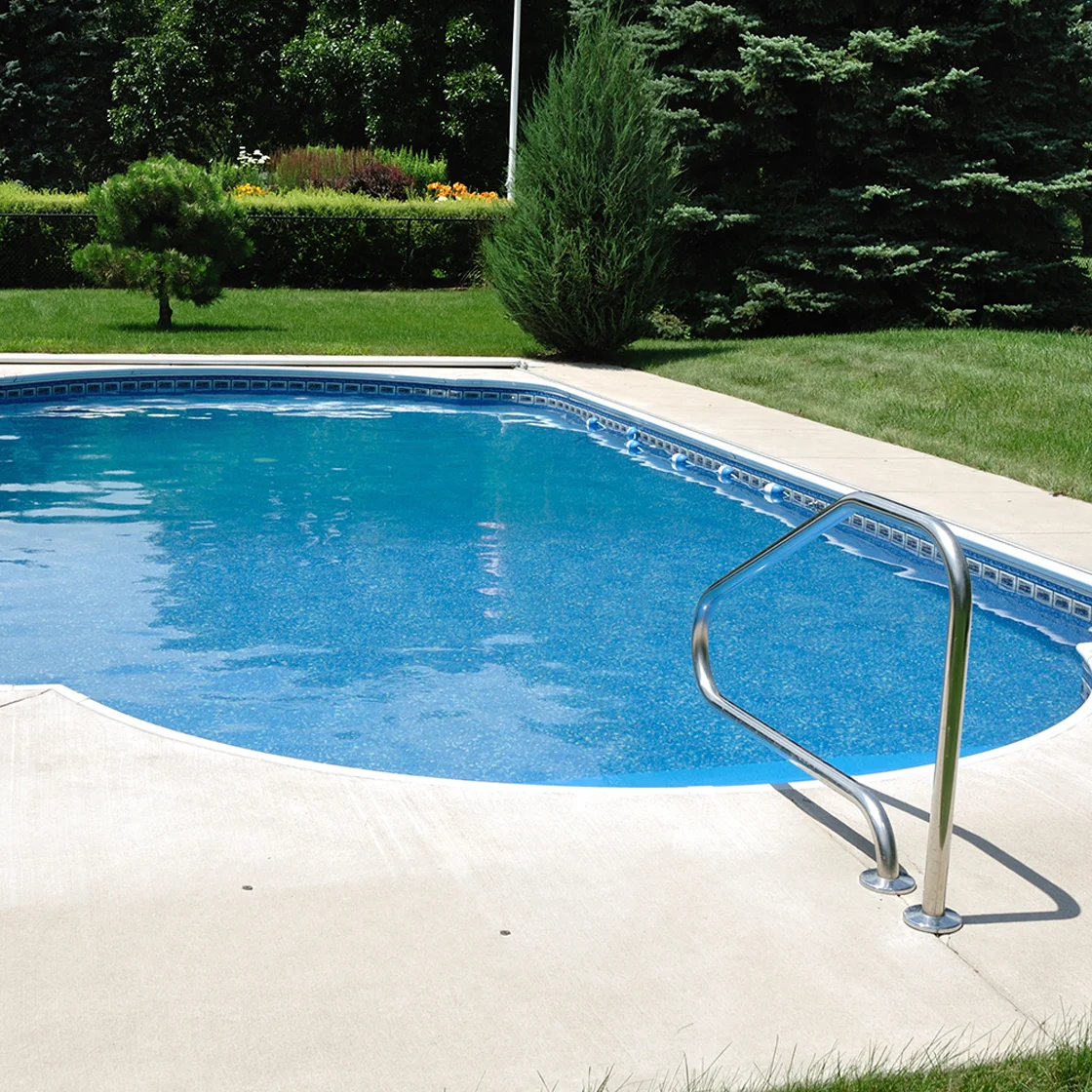
Digging an Inground Pool
If you’re putting in an inground pool, it’s best to leave the installation to the pros. However, there a few things you’ll need to take care of ahead of time.
Safety First: Any yard with a pool must have a fence so be sure to factor that into your budget. Any overhead wires or underground utility lines will also have to be re-routed if they run through your proposed site. Consult with your municipality and budget extra time and money to get this done.
Size & Location: Knowing the constraints of your yard will help you decide on the size and location of your pool. In addition to confirming your property lines, make sure to check for any easements and setback regulations.
Installation Access: Take a look at your yard to see if the heavy equipment required to dig an inground pool can access the site. Will a fence need to come down? Will bushes or trees need to be removed? Consider both the cost and aesthetic impact of these changes.
Laying Down an Outdoor Patio
Whether you’re swapping out old stonework or converting part of your lawn, planning ahead is key to creating a patio that's both beautiful and functional. Here's some tips to consider:
Purpose: How you want to use your patio should play a primary role in determining its position. If you want to host backyard BBQs, plan for a large space close to the kitchen. For morning coffees or dinner for two a bistro-sized patio can do the job. If you want a quiet reading and relaxation area look for a spot further down your yard away from the house.
Design & Materials: Poured concrete offers a great, cost-effective option and you can texture the surface to create a unique appearance. Natural materials like stone are popular too, but they cost a little more. You’ll also need to make sure you purchase enough stones to cover the space.
Landscaping: Think about landscaping, and decide what greenery you want to add, remove or leave in place. If you use concrete pavers, break up the space with plants and furniture as pavers tend to absorb light rather than reflect it, and can look industrial in a wide-open space.
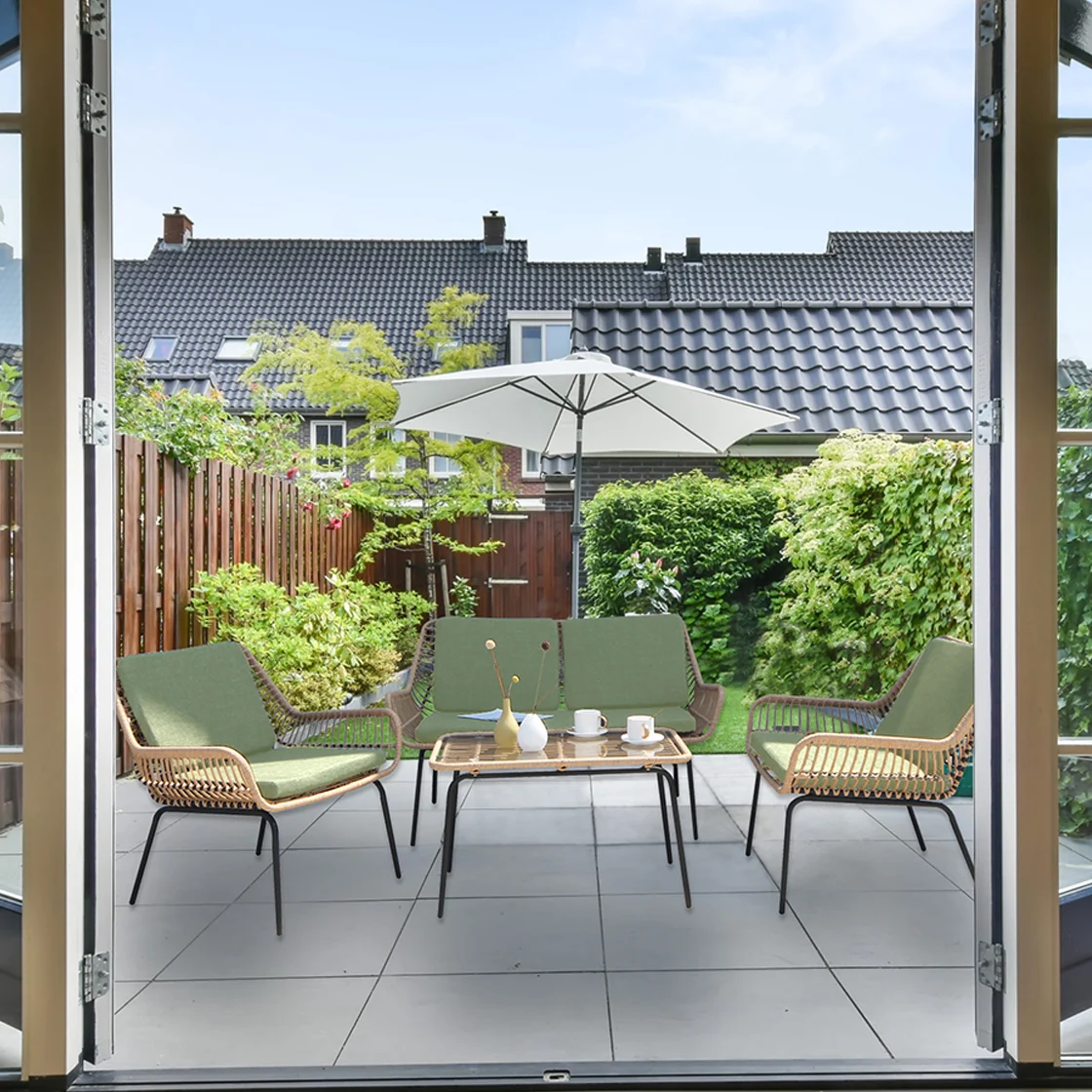
Replacing Your Eavestroughs
A properly installed eavestrough or gutter system protects your home and its foundation from water damage. Over time it will need to be replaced. You’ll need at least one helper for ladder safety and a solid plan.
Measurements: Measure all the edges of your roof where you want to install gutters and mark any slopes. It’s important to get this right so you have enough materials, and to ensure proper drainage.
Materials & Tools: Figure out what tools and materials you need for removal and installation. Plan for the basics like an extension ladder, cordless drill, tin snips, screwdrivers, prybar, caulk and caulking gun. Plus, the actual gutter materials.
It’s never too early to plan your outdoor projects. Design, measurements, materials and unforeseen hiccups like weather must be taken into consideration. If you have a good plan in place, the execution of your project will go much smoother and quicker.